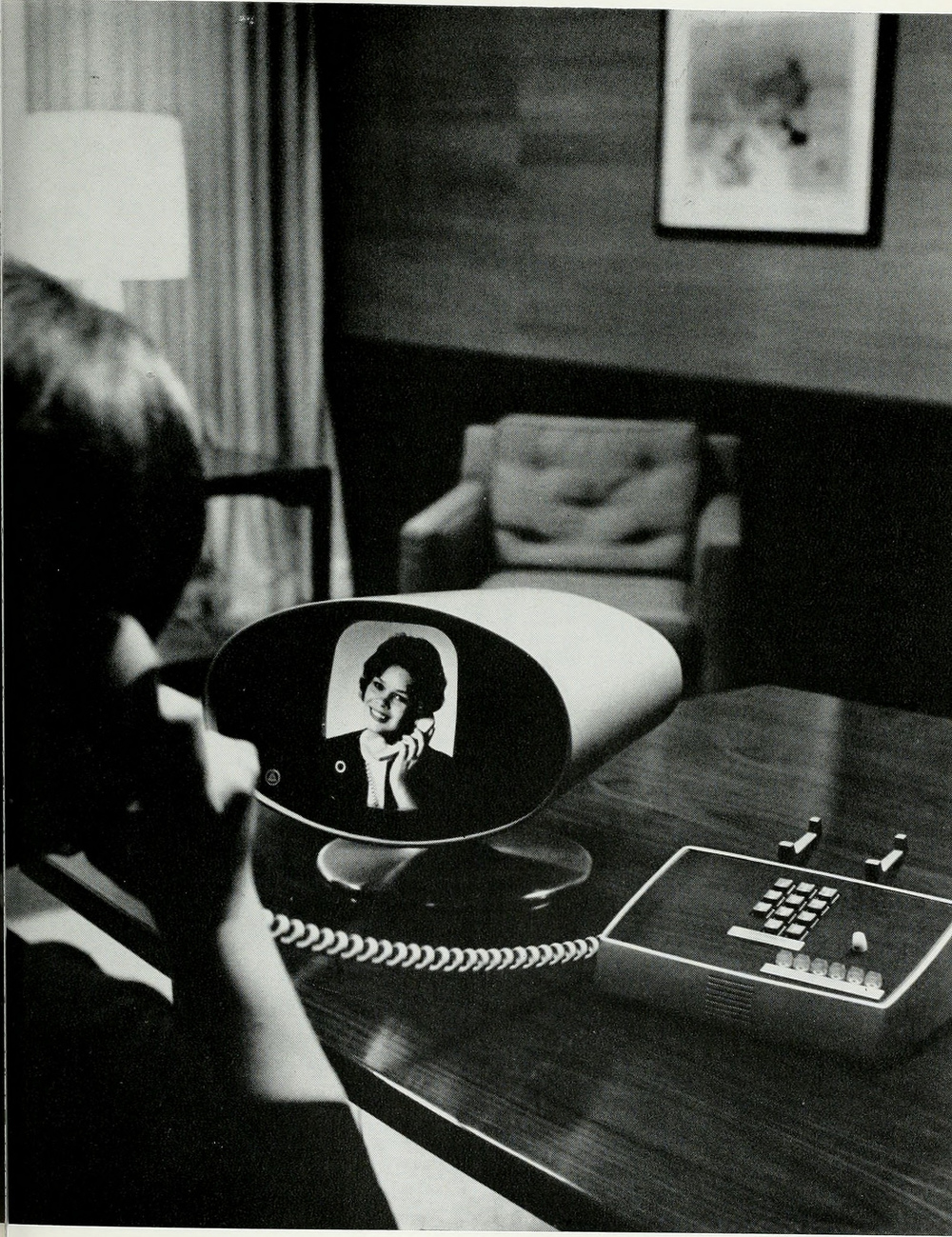 It's often the most badly handled part of PR. The phone call to sell-in a story to a journalist. Done badly it ends with the phone slammed down. Done well and it can help you hit the bullseye. Here are some thoughts from a master of the craft.
It's often the most badly handled part of PR. The phone call to sell-in a story to a journalist. Done badly it ends with the phone slammed down. Done well and it can help you hit the bullseye. Here are some thoughts from a master of the craft.
Call me old fashioned, but I still love the cut and thrust of the ‘pitch’ to journalists.
Admittedly, I seem to be a rather shrinking breed if recent articles and twitter conjecture is anything to go by.
And I know from experience, a lot of younger PRs view picking up the phone as appealing a prospect as relying on a London Midland train to get you to your appointment on time.
Don’t get me wrong I can understand the apprehension. I’ve been given many a ‘short shrift’ by experienced hacks, been embroiled in heated exchanges when an embargo has been broken and been left exasperated at the choice of photo the picture editor chose to be a bit ‘different’.
Isn’t that all part of the fun and games of being involved in media relations?
The key is understanding and this pretty much encompasses every aspect of the pitch.
First of all understand your story. Does it deserve to get covered or are you doing it because the client thinks the drinks reception they held at a posh bar is worthy of column inches?
Check your geography as regional newspapers hate nothing more than being hassled about a story outside of their patch and consider if a really good picture could make the difference. In the digital age we live in, video content and the social media reach you can offer could be a valuable part of your pitch.
The next part involves understanding your target audience and this includes both the media outlet and the journalist.
Is there a good time to call? As a golden rule, don’t do it near deadline unless your story is going to win ‘scoop of the year’ and certainly not after 4pm on a Friday if you want them to remember your release (yes, the last bit still applies to parts of our industry).
At the risk of giving away too many tricks, I also try to get to know the person outside of their day job…what makes them tick? If it’s football then it plays right into my hands, if their daughter is training to be a ballerina then that takes a bit more work.
It’s important to remember the little things and even more important to recall big milestones…communicating with the media doesn’t always have to be about pitching to get your client media coverage they’re hauling you over the Ikea desk for.
Finally, there will be a time when journalists need your help. It may be for a quick comment on a breaking story, a first person article by the end of the week or a case study that brings everything to life.
It’s at this stage that WE deliver, even if - in this instance - it’s not going to get our client coverage or we can’t add it to ‘billable hours’. Why? Because your contacts will remember you’ve dug them out of the proverbial and will be more inclined to hear you out in the future.
I’m not saying it guarantees you coverage, but it will give you a fair crack of the whip. This is especially pertinent when trying to build relationships with national journalists, traditionally the more difficult of the species to build a rapport with.
Over the years, I’ve set-up broadcast coverage after a 5pm Sunday evening call, turned tech start-up comment around in 4minutes and pushed a national survey through my manufacturing networks.
The contact details of every journalist I help then goes into my little black book (Excel spreadsheet for the non romantics) for future use.
In summary, pitching isn’t for the faint hearted and getting it right isn’t something you learn from a degree course or best practice textbook. It comes with experience, learning from mistakes and making sure you UNDERSTAND all aspects of the process.
A dying art? No way, long live the pitch!
Russ Cockburn is director of DC Communications.
